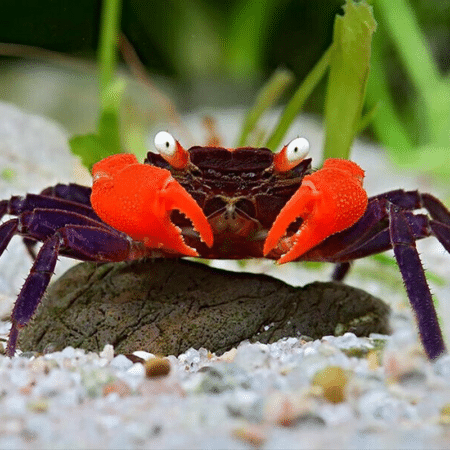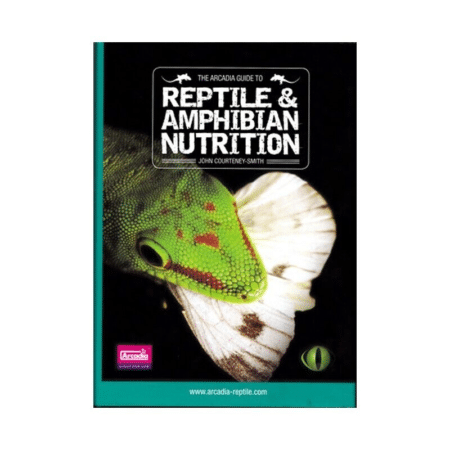PAIR Caetei – Caete River Dwarf Cichlid – Dwarf South American Cichlid (2 FISH MAIL & FEMAILE)
£44.51
The PAIR Caetei – Caete River Dwarf Cichlid is a stunning and vibrant fish species that belongs to the Dwarf Cichlid family. With its unique colors and patterns, this fish is a popular choice among aquarium enthusiasts. This comprehensive guide will provide you with all the necessary information to care for and enjoy these beautiful fish in your own aquarium. Buy now and enhance your aquarium with the beauty of the Caete River Dwarf Cichlid.
1001 in stock
The PAIR Caetei – Caete River Dwarf Cichlid, also known as the Apistogramma Caetei, is a stunning and vibrant fish species that belongs to the Dwarf Cichlid family. With its unique colors and patterns, this fish is a popular choice among aquarium enthusiasts. This comprehensive guide will provide you with all the necessary information to care for and enjoy these beautiful fish in your own aquarium.
Scientific and Common Names:
– Scientific Name: Apistogramma Caetei
– Common Names: Caete River Dwarf Cichlid, Dwarf South American Cichlid
Habitat:
– The Caete River Dwarf Cichlid is native to the Caete River in South America, specifically Brazil.
– They are found in slow-moving rivers, streams, and flooded areas with dense vegetation.
Tank Setup:
– A minimum tank size of 20 gallons is recommended for a pair of Caete River Dwarf Cichlids.
– Provide plenty of hiding spots with rocks, caves, and driftwood.
– Dense vegetation, such as live plants, should be included to mimic their natural habitat.
– Maintain a sandy substrate to replicate their natural environment.
Diet and Nutrition:
– The Caete River Dwarf Cichlid is omnivorous and requires a varied diet.
– Offer high-quality flake or pellet food as a staple diet.
– Supplement their diet with live or frozen foods such as brine shrimp, bloodworms, and daphnia.
– It is important to provide a balanced diet to ensure their overall health and vibrant colors.
Size and Growth Rate:
– The Caete River Dwarf Cichlid is a small fish species, with males reaching a maximum size of about 3 inches (7.5 cm) and females slightly smaller.
– They have a relatively slow growth rate compared to other fish species.
Behavioral Traits:
– Caete River Dwarf Cichlids are generally peaceful but can become territorial during breeding.
– They are known for their interesting behaviors, such as mouthbrooding, where the female carries and protects the eggs and fry in her mouth.
– These fish are active swimmers and enjoy exploring their surroundings.
Care Level:
– The Caete River Dwarf Cichlid requires moderate care and is suitable for intermediate aquarium keepers.
– Regular water parameter monitoring and maintenance are necessary to ensure their well-being.
Breeding and Reproduction:
– Caete River Dwarf Cichlids are relatively easy to breed in captivity.
– Provide a separate breeding tank with suitable hiding spots and flat surfaces for egg deposition.
– The female will lay her eggs on a flat surface, and the male will fertilize them.
– After fertilization, the female will carry the eggs in her mouth until they hatch.
Health and Disease Prevention:
– To maintain the health of your Caete River Dwarf Cichlids, ensure clean and well-maintained water conditions.
– Regular water changes and filtration are essential.
– Quarantine new fish before introducing them to the main tank to prevent the spread of diseases.
Optimal Water Conditions:
– Temperature: 75-82°F (24-28°C)
– pH: 6.0-7.5
– Hardness: 2-10 dGH
Lifespan:
– With proper care, the Caete River Dwarf Cichlid can live for about 3-5 years.
Additional Interesting Facts:
– The Caete River Dwarf Cichlid is known for its vibrant colors, including shades of blue, yellow, orange, and red.
– They are a peaceful species that can be kept with other small, non-aggressive fish.
– The Caete River Dwarf Cichlid is a popular choice for aquascaping due to its striking appearance and interesting behaviors.
With our FishSecure Transit service, we ensure that your fish arrive safely with poly boxes and heat packs during colder months. We also offer shipping convenience, allowing you to combine multiple items in one order to streamline shipping. In the unfortunate event of any fish arriving deceased, our Dead on Arrival (DOA) policy ensures that you can promptly inform us with photographic evidence, and we will refund you or send you a replacement.
In conclusion, the PAIR Caetei – Caete River Dwarf Cichlid is a stunning and vibrant fish species that will add beauty and interest to your aquarium. With proper care and attention to their specific needs, you can enjoy the unique colors, behaviors, and breeding of these fascinating fish.












Reviews
There are no reviews yet.